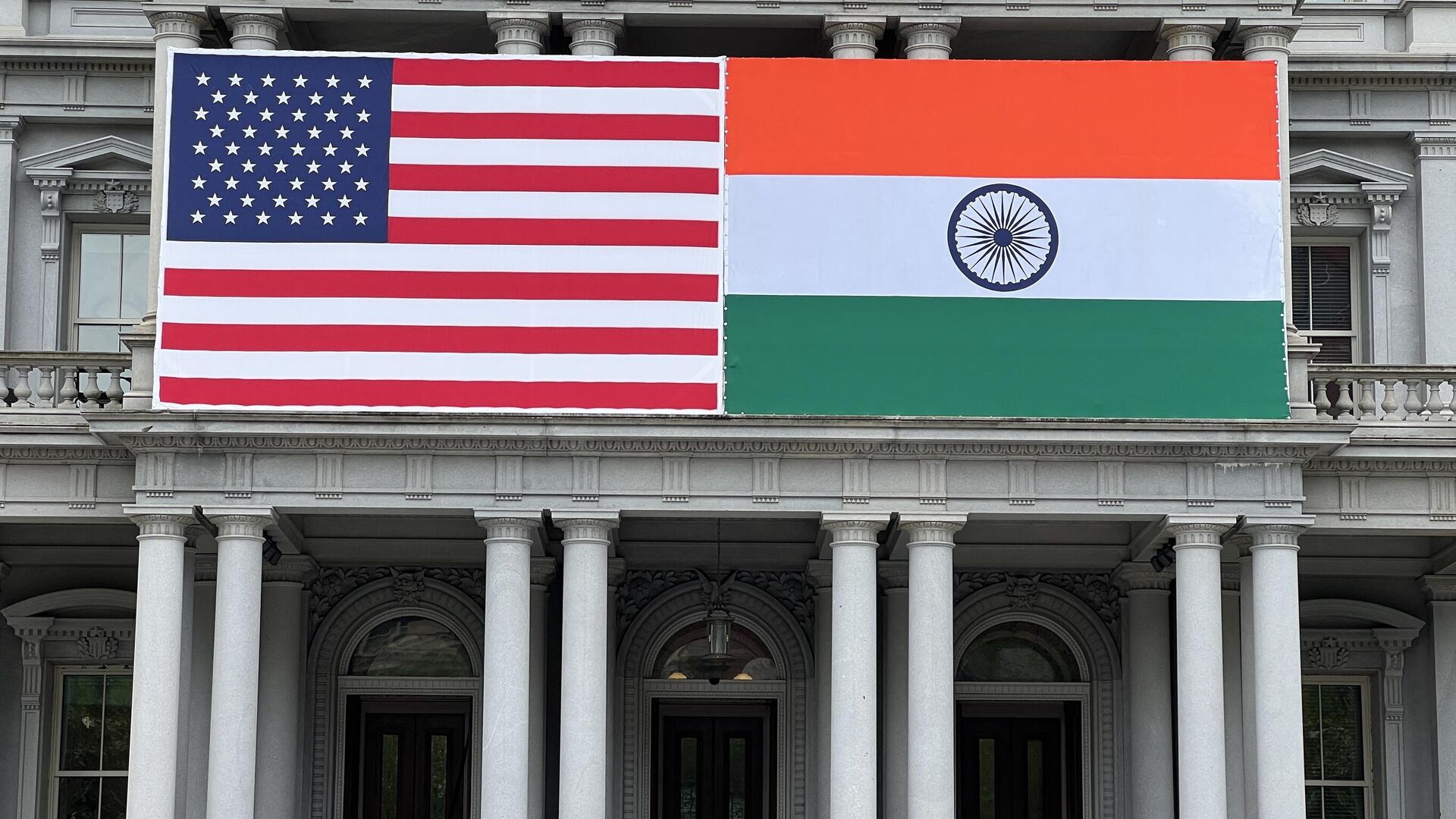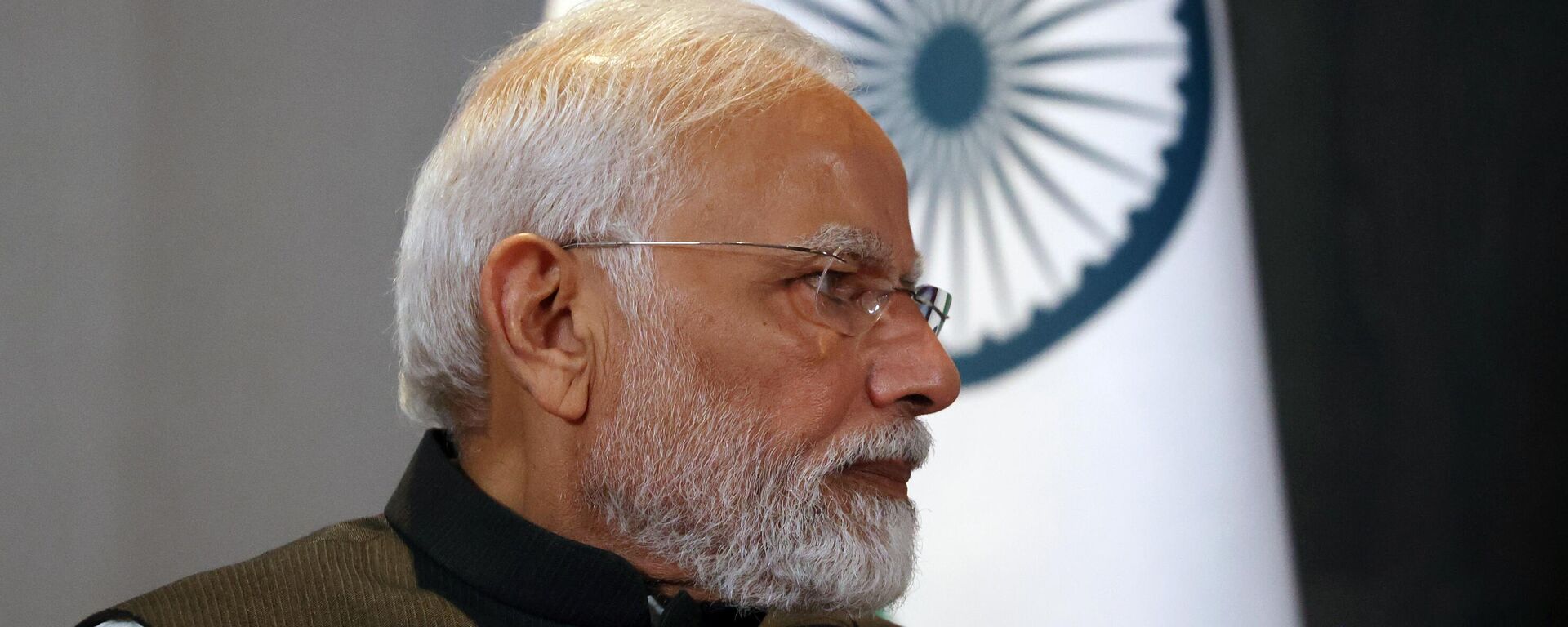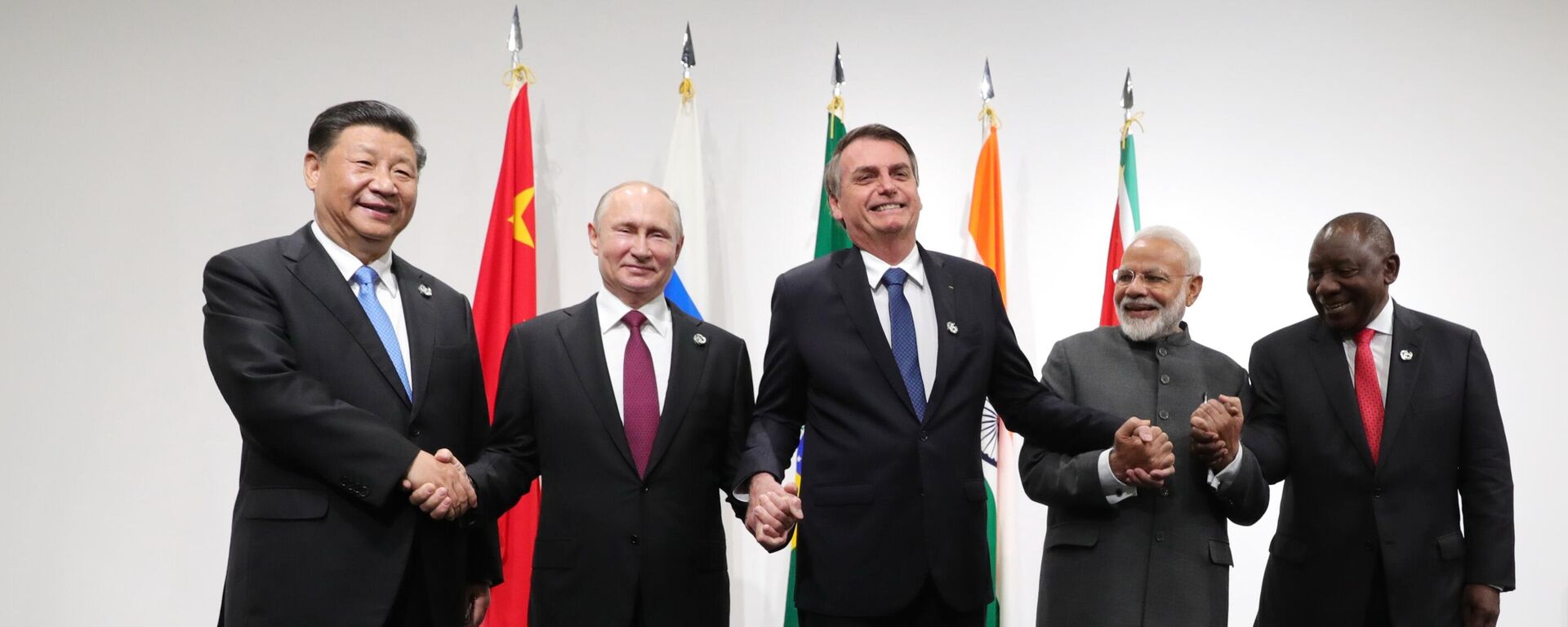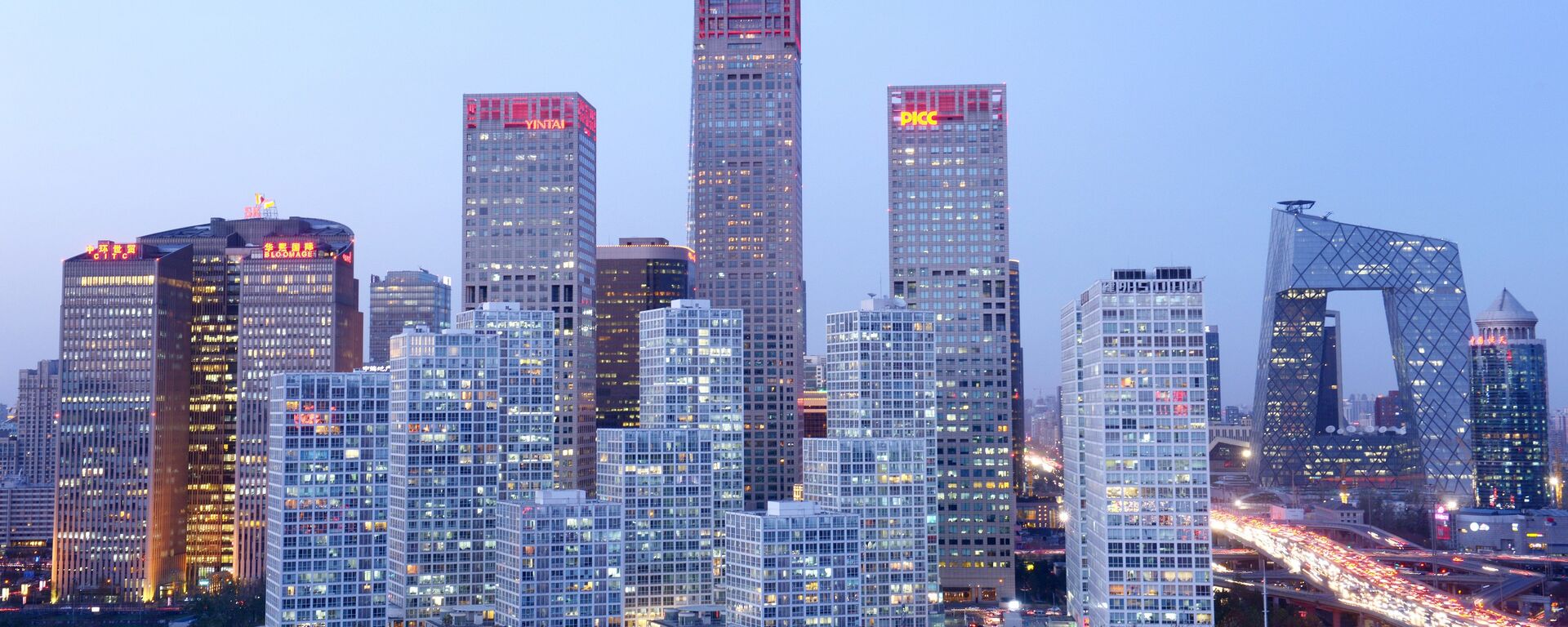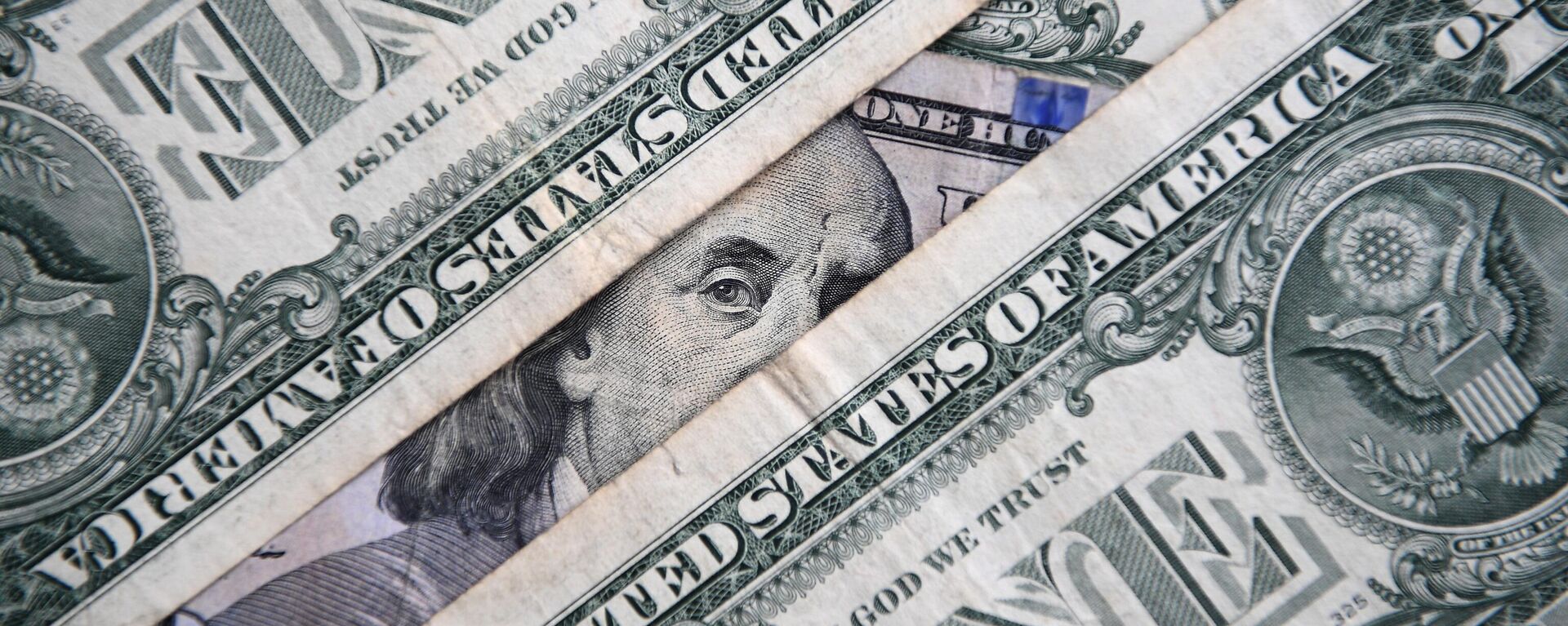https://sputnikglobe.com/20230621/modi-biden-summit-can-us-pry-india-from-brics-orbit-1111365147.html
Modi-Biden Summit: Can US Pry India From BRICS’ Orbit?
Modi-Biden Summit: Can US Pry India From BRICS’ Orbit?
Sputnik International
Indian Prime Minister Narendra Modi arrives in New York Wednesday, kicking off a four-day state visit to the United States, which will include a ceremonial welcome and state dinner at the White House. What’s the trip’s purpose? How do US and Indian visions on cooperation differ? Sputnik reached out to international affairs experts for answers.
2023-06-21T14:38+0000
2023-06-21T14:38+0000
2023-06-21T16:27+0000
analysis
narendra modi
joseph camilleri
joe biden
washington
delhi
russia
brics
nato
shanghai cooperation organisation (sco)
https://cdn1.img.sputnikglobe.com/img/07e7/06/15/1111364739_0:143:2730:1679_1920x0_80_0_0_8ac01725496ce7c24b5a46f3a63594a3.jpg
Prime Minister Modi’s US trip has been meticulously planned out to the last detail, with the Indian leader expected to start off by leading International Day of Yoga celebrations at the UN headquarters building in New York, followed by meetings with President Joe Biden and an address to a joint session of Congress on Thursday. On Friday, Modi will join a luncheon hosted by Vice President Harris and Secretary of State Antony Blinken. Sprinkled in among meetings with US officials are a series of discussions featuring Modi, US business leaders, and influential members of the Indian-American diaspora. The trip will wrap up on Saturday, with Modi to head off for Egypt for a state visit.Washington recognizes India’s key significance to its global strategic calculations, aware that Delhi’s growing partnership with Moscow, Beijing, and other BRICS powers and developing nations generally threatens to undermine US global economic, military, and political hegemony.Ahead of the visit, at a US-India Business Council meeting last Monday, Secretary Blinken paid lip service to the significance of Modi’s upcoming trip, proclaiming that the “historic state visit” would “further solidify what President Biden has called the ‘defining relationship’ of the 21st century.”“Whether it’s investing and inventing new technologies, whether it’s combating the climate crisis, whether it’s helping to build more inclusive economies, I have tremendous confidence that the rising generation of Indians, the rising generation of Americans will take the relationship between us to new heights. And in doing that they will not only benefit our countries, they will benefit the entire world,” Blinken said.But Washington’s aspirations aren’t limited to economics. Ahead of Modi’s visit, the White House approved a multi-billion dollar deal with India on the purchase of 31 MQ-9 Predator drones. The arms agreement, which still needs approval from top officials in Delhi, comes amid a longstanding push by Washington to secure its place in the lucrative Indian arms market, where the US and its allies have sought to chip away at Russian positions in recent decades.From Outcast to Welcome GuestModi’s visit is a major about-face for Washington, but not unusual for the US diplomatic repertoire. In the mid-2000s, while he was serving as chief minister of the state of Gujrat, Modi was slapped with a US entry ban over alleged “severe violations of religious freedom,” with the ban lasting until his election as prime minister in 2014, after which he was welcomed with open arms by then-President Barack Obama. Modi has visited the country five more times since then, twice in 2016, in 2017, 2019, and 2021.The two countries also have a number of outstanding policy differences between them, chiefly Delhi’s blunt refusal to weaken relations with Moscow after the escalation of the Donbass crisis into a full-on NATO-Russia proxy war in Ukraine last year. Over the past year, India has dramatically ramped up imports of Russian crude oil and become the biggest supplier of refined fuels to Europe. On the Ukraine conflict, Modi has emphasized that peace is the “topmost priority” for Delhi and consistently encouraged negotiations.US meddling in India’s domestic politics is another major issue for Delhi, with the State Department repeatedly chiding the Modi government as recently as this past March over alleged “significant human rights” abuses and the purported mistreatment of India’s ethnic and religious minorities. The Indian government has angrily dismissed these allegations, saying Washington’s “ill-informed” stance fails utterly in recognizing India’s status as a “naturally pluralistic society” that “values religious freedom and human rights,” and pointing out that it’s disingenuous for Washington to talk about rights in another country amid racially and ethnically motivated attacks, hate crimes, and gun crimes in America itself.Grasping for Common Ground“Modi and Biden have quite different agendas, though they are likely to place the emphasis on where they share common ground,” says Dr. Joseph Camilleri, a leading Australian international relations scholar specializing in Asia-Pacific affairs.“For Modi’s India, the key objectives are largely domestic in aspirations,” according to the academic, and include a desire to get Washington to ease off on its “human rights” criticism. “Secondly, [India] wants to develop its economic relationship with the US and the West more generally, with a view to expanding trade, and securing greater access to investment, technology and aid.”Washington’s goals may prove difficult to achieve, given that its vision of geopolitical and security affairs differs somewhat from India’s, believes Dr. Raj Kumar Sharma, a fellow at the University of Delhi’s Delhi School of Transnational Affairs.While the two countries do “have a lot of convergence of maritime security interests,” and “similar interest as far as security is concerned vis-à-vis China,” that does not mean India will agree to give up its strategic autonomy. “Alignment with the US should not come at the cost of [India’s] strategic autonomy. India’s response to the Russia-Ukraine conflict is one example of this,” Sharma said.Dr. Camilleri agrees that the “containment of China” remains one of Washington’s primary strategic objectives when it comes to India policy, with the US recognizing that it cannot build the same kind of military coalition with Delhi as it has with powers like Japan, South Korea, Australia, and the Philippines, but simultaneously pushing to ensure that India will “tilt as far as possible toward the West, to pursue, in other words, a pro-Western form of neutrality.”As far defense cooperation is concerned, Dr. Sharma stressed that Delhi will be looking for a “reliable and trustworthy” relationship with Washington on the purchase of weapons, given that “in the past, the US had used sanctions when it felt threatened from Indian policies.”Specifically, Washington has repeatedly threatened Delhi with secondary sanctions over its arms contracts with Moscow, which make up a plurality (over 40 percent) of India’s total global arms purchases.Strategic AutonomyDr. Camilleri believes India is simply “too big a country” with an economy growing too quickly and cultural traditions too ingrained to pursue policies that would reduce the country’s push for strategic autonomy.Australian political scientist and Curtin University Dean of Global Futures Dr. Joe Siracusa agrees, saying India will never agree to be a “junior partner” to Washington, and that its thinking is long-term.Washington has been trying to influence Delhi’s policy for more than half a century and has been “spectacularly unsuccessful,” the academic added.Ultimately, the academic noted, Modi’s trip will be aimed at getting “better trade deals” and “harnessing” the power of the Indian-American diaspora to help fuel India’s continued economic rise, not becoming anyone’s puppet.‘Multi-Alignment Strategy’India has carefully threaded a balance of cooperation with major international economic and security blocs, from the BRICS group of nations and the SCO with Russia and China, to the so-called Quadrilateral Security Dialogue (aka the Quad) with the US, Japan, and Australia.Delhi’s policy, designed to preserve a strategic balance of cooperation with the Western-dominated world order and partnership with the new multilateral system being forged by rising powers, has been characterized as a “multi-alignment strategy,” and may seem like an unusual policy for such a large nation to pursue as the world rushes headlong into division into blocs. However, in some ways, the strategy is actually reminiscent of India’s position during the 20th century Cold War between the US and the Soviet Union, with India, Yugoslavia, and Egypt forging the Non-Aligned Movement – a major international forum seeking to avoid joining either major bloc while maintaining warm or neutral relations with both.In the 21st century, as global political, military and economic rivalries gain momentum, India could have a decisive role to play in the formation of a new economic world order free of dollar hegemony, including through increasing trade in national currencies, and the creation of a new BRICS currency. But these moves would undoubtedly spark grumbling from Washington, possibly compelling Delhi to choose who its true friends are.
https://sputnikglobe.com/20230620/modis-visit-to-us-a-quest-for-economic-advancement-and-independent-diplomacy-1111335513.html
https://sputnikglobe.com/20230616/growth-of-brics-could-accelerate-de-dollarization-1111210989.html
https://sputnikglobe.com/20230604/china-warns-nato-like-alliances-in-asia-may-plunge-region-into-whirlpool-of-conflicts-1110897321.html
https://sputnikglobe.com/20230430/indian-top-banker-kotak-calls-us-dollar-worlds-biggest-financial-terrorist-1109981885.html
https://sputnikglobe.com/20220815/india-at-75-untold-story-of-how-russia-inspired-aided-and-steeled-delhis-drive-for-independence-1099589468.html
washington
delhi
russia
Sputnik International
feedback@sputniknews.com
+74956456601
MIA „Rossiya Segodnya“
2023
News
en_EN
Sputnik International
feedback@sputniknews.com
+74956456601
MIA „Rossiya Segodnya“
Sputnik International
feedback@sputniknews.com
+74956456601
MIA „Rossiya Segodnya“
india, united states, narendra modi, joe biden, white house, washington, delhi, new delhi, visit, trip, relations, ties
india, united states, narendra modi, joe biden, white house, washington, delhi, new delhi, visit, trip, relations, ties
Modi-Biden Summit: Can US Pry India From BRICS’ Orbit?
14:38 GMT 21.06.2023 (Updated: 16:27 GMT 21.06.2023) Indian Prime Minister Narendra Modi arrives in New York Wednesday, kicking off a four-day state visit to the United States, which will include a ceremonial welcome and state dinner at the White House. What’s the trip’s purpose? How do US and Indian visions on cooperation differ? Sputnik reached out to international affairs experts for answers.
Prime Minister Modi’s US trip has been meticulously planned out to the last detail, with the Indian leader expected to
start off by leading International Day of Yoga celebrations at the UN headquarters building in New York, followed by meetings with President Joe Biden and an address to a
joint session of Congress on Thursday. On Friday, Modi will join a luncheon hosted by Vice President Harris and Secretary of State Antony Blinken.
Sprinkled in among meetings with US officials are a series of discussions featuring Modi, US business leaders, and influential members of the Indian-American diaspora. The trip will wrap up on Saturday, with Modi to head off for Egypt for a state visit.
Washington recognizes India’s key significance to its global strategic calculations, aware that Delhi’s growing partnership with Moscow, Beijing, and other BRICS powers and developing nations generally threatens to undermine US global economic, military, and political hegemony.
Ahead of the visit, at a US-India Business Council meeting last Monday, Secretary Blinken paid lip service to the significance of Modi’s upcoming trip, proclaiming that the
“historic state visit” would “further solidify what President Biden has called the ‘defining relationship’ of the 21st century.”
“Whether it’s investing and inventing new technologies, whether it’s combating the climate crisis, whether it’s helping to build more inclusive economies, I have tremendous confidence that the rising generation of Indians, the rising generation of Americans will take the relationship between us to new heights. And in doing that they will not only benefit our countries, they will benefit the entire world,” Blinken said.
But Washington’s aspirations aren’t limited to economics. Ahead of Modi’s visit, the White House
approved a multi-billion dollar deal with India on the purchase of 31 MQ-9 Predator drones. The arms agreement, which still needs approval from top officials in Delhi, comes amid a longstanding push by Washington to secure its place in the lucrative Indian arms market, where the US and its allies have
sought to chip away at Russian positions in recent decades.
From Outcast to Welcome Guest
Modi’s visit is a major about-face for Washington, but not unusual for the US diplomatic repertoire. In the mid-2000s, while he was serving as chief minister of the state of Gujrat, Modi was
slapped with a US entry ban over alleged “severe violations of religious freedom,” with the
ban lasting until his election as prime minister in 2014, after which he was
welcomed with open arms by then-President Barack Obama. Modi has visited the country
five more times since then, twice in 2016, in 2017, 2019, and 2021.
The two countries also have a number of outstanding policy differences between them, chiefly Delhi’s
blunt refusal to weaken relations with Moscow after the escalation of the Donbass crisis into a full-on NATO-Russia proxy war in Ukraine last year. Over the past year, India has
dramatically ramped up imports of Russian crude oil and become the
biggest supplier of refined fuels to Europe. On the Ukraine conflict, Modi has emphasized that peace is the
“topmost priority” for Delhi and consistently encouraged negotiations.
US meddling in India’s domestic politics is another major issue for Delhi, with the State Department repeatedly
chiding the Modi government as recently as this past March over alleged
“significant human rights” abuses and the purported mistreatment of India’s ethnic and religious minorities. The Indian government has angrily dismissed these allegations,
saying Washington’s “ill-informed” stance fails utterly in recognizing India’s status as a “naturally pluralistic society” that “values religious freedom and human rights,” and pointing out that it’s disingenuous for Washington to talk about rights in another country amid racially and ethnically motivated attacks, hate crimes, and gun crimes in America itself.
Grasping for Common Ground
“Modi and Biden have quite different agendas, though they are likely to place the emphasis on where they share common ground,” says Dr. Joseph Camilleri, a leading Australian international relations scholar specializing in Asia-Pacific affairs.
“For the United States, the focus is very much on incorporating India as far as possible into its two main strategic objectives, namely strengthening the anti-Russia US-led coalition on the one hand and giving added weight to its containment of China on the other,” Camilleri, a professor emeritus at Melbourne’s La Trobe University, told Sputnik.
“For Modi’s India, the key objectives are largely domestic in aspirations,” according to the academic, and include a desire to get Washington to ease off on its “human rights” criticism. “Secondly, [India] wants to develop its economic relationship with the US and the West more generally, with a view to expanding trade, and securing greater access to investment, technology and aid.”
Washington’s goals may prove difficult to achieve, given that its vision of geopolitical and security affairs differs somewhat from India’s, believes Dr. Raj Kumar Sharma, a fellow at the University of Delhi’s Delhi School of Transnational Affairs.
“India does not seek an alliance with the US, but New Delhi wants to enhance its capabilities by stitching a close relationship with Washington. India may be aligning with the US, but it certainly will not have an alliance with them,” the academic emphasized.
While the two countries do “have a lot of convergence of maritime security interests,” and “similar interest as far as security is concerned vis-à-vis China,” that does not mean India will agree to give up its strategic autonomy. “Alignment with the US should not come at the cost of [India’s] strategic autonomy. India’s response to the Russia-Ukraine conflict is one example of this,” Sharma said.
Dr. Camilleri agrees that the “containment of China” remains one of Washington’s primary strategic objectives when it comes to India policy, with the US recognizing that it cannot build the same kind of military coalition with Delhi as it has with powers like Japan, South Korea, Australia, and the Philippines, but simultaneously pushing to ensure that India will “tilt as far as possible toward the West, to pursue, in other words, a pro-Western form of neutrality.”
As far defense cooperation is concerned, Dr. Sharma stressed that Delhi will be looking for a “reliable and trustworthy” relationship with Washington on the purchase of weapons, given that “in the past, the US had used sanctions when it felt threatened from Indian policies.”
Specifically, Washington has repeatedly
threatened Delhi with secondary sanctions over its arms contracts with Moscow, which make up a plurality (over 40 percent) of India’s total global arms purchases.
Dr. Camilleri believes India is simply “too big a country” with an economy growing too quickly and cultural traditions too ingrained to pursue policies that would reduce the country’s push for strategic autonomy.
Australian political scientist and Curtin University Dean of Global Futures
Dr. Joe Siracusa agrees, saying India
will never agree to be a “junior partner” to Washington, and that its thinking is long-term.
“The Indian civilization goes back a couple thousand years. India expects to be there after the United States is gone, as a matter of fact. India belongs to BRICS. It belongs to the Shanghai Cooperation Organization (SCO). It’s in every organization except the North Atlantic Treaty Organization (NATO),” Siracusa quipped.
Washington has been trying to influence Delhi’s policy for more than half a century and has been “spectacularly unsuccessful,” the academic added.
“If anyone in America believes that India is about to come on to their side of issues vis-à-vis China and Russia, I think they’re deluding themselves,” Siracusa noted. Even in areas where US and Indian security interests coincide, India has consistently done its “own thing” rather than “carrying the can for the US.”
Ultimately, the academic noted, Modi’s trip will be aimed at getting “better trade deals” and “harnessing” the power of the Indian-American diaspora to help fuel India’s continued economic rise, not becoming anyone’s puppet.
‘Multi-Alignment Strategy’
India has carefully threaded a balance of cooperation with major international economic and security blocs, from the BRICS group of nations and the SCO with Russia and China, to the so-called Quadrilateral Security Dialogue (aka the Quad) with the US, Japan, and Australia.
Delhi’s policy, designed to preserve a strategic balance of cooperation with the Western-dominated world order and partnership with the new multilateral system being forged by rising powers, has been characterized as a
“multi-alignment strategy,” and may seem like an unusual policy for such a large nation to pursue as the world rushes headlong into division into blocs. However, in some ways, the strategy is actually reminiscent of India’s position during the 20th century Cold War between the US and the Soviet Union, with India, Yugoslavia, and Egypt forging the
Non-Aligned Movement – a major international forum seeking to avoid joining either major bloc while maintaining warm or neutral relations with both.
In the 21st century, as global political, military and economic rivalries gain momentum, India
could have a decisive role to play in the formation of a new economic world order free of dollar hegemony, including through increasing
trade in national currencies, and the creation of a new BRICS currency. But these moves would undoubtedly spark grumbling from Washington, possibly compelling Delhi to choose who its true friends are.
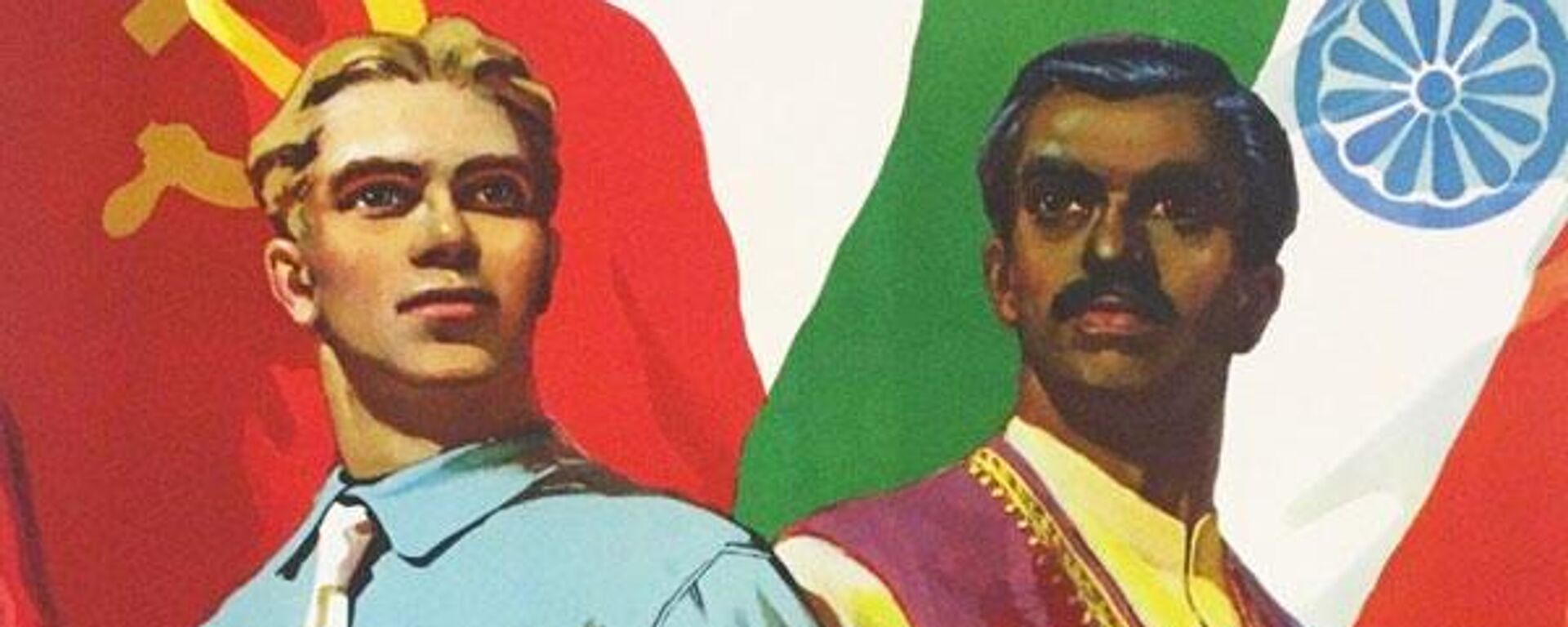
15 August 2022, 04:00 GMT
